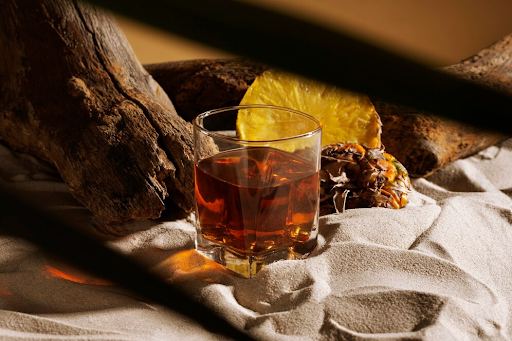In the realm of whiskey consumption, the emergence of flavored whiskeys has introduced a new dimension to consumer preferences and market dynamics. Traditionally, whiskey has been celebrated for its robust flavors derived from aging in oak barrels and its distinct regional variations. However, the advent of flavored whiskeys has aimed to attract a broader audience by infusing various flavors into the spirit. This article delves into how flavored whiskeys compare to traditional whiskeys in terms of sales, exploring the factors driving their respective market trends.
The Rise of Flavored Whiskey Sales
Flavored whiskeys have witnessed a significant surge in popularity over the past decade. Market research indicates that flavored whiskey sales have been on an upward trajectory, driven by evolving consumer tastes and preferences. These products often appeal to a younger demographic and those new to whiskey, offering a sweeter and more approachable flavor profile compared to their traditional counterparts.
One key factor contributing to the growth of flavored whiskey sales is their versatility in cocktails. Flavored variants such as honey, cinnamon, and fruit-infused whiskeys lend themselves well to mixing, making them attractive options for bars, restaurants, and home bartenders looking to innovate with flavors.
Traditional Whiskey: Sustaining a Strong Market Presence
Despite the rise of flavored whiskeys, traditional varieties continue to maintain a robust market presence. Connoisseurs and aficionados value the time-honored craftsmanship, complex flavors, and heritage associated with traditional whiskey production. Sales of traditional whiskey brands remain steady, supported by a loyal customer base that appreciates the authenticity and depth of flavor that comes from aging in oak barrels.
Market Segmentation and Consumer Preferences
The whiskey market can be segmented based on consumer preferences and drinking occasions. Flavored whiskeys often cater to casual drinkers and those seeking novelty in their spirits, whereas traditional whiskeys appeal to seasoned enthusiasts and collectors who prioritize quality, craftsmanship, and the aging process.
Regional Variations and Global Trends
In terms of global trends, the preference for flavored whiskeys varies across regions. In the United States, for example, flavored whiskeys have gained considerable traction, reflecting a broader trend towards flavored spirits and craft cocktails. In contrast, regions with strong whiskey traditions such as Scotland and Ireland continue to focus predominantly on traditional whiskey styles, emphasizing heritage and authenticity.
Marketing Strategies and Brand Innovation
Both flavored and traditional whiskey brands employ distinct marketing strategies to capture their target audiences. Flavored whiskey brands often emphasize accessibility, innovation, and mixability in their marketing campaigns, appealing to a younger demographic through social media platforms and experiential marketing initiatives.
Traditional whiskey brands, on the other hand, highlight their rich history, craftsmanship, and quality through storytelling and heritage-focused campaigns. Many traditional whiskey distilleries leverage their age-old recipes, aging techniques, and regional provenance to differentiate themselves in a competitive market landscape.
Consumer Trends and Future Outlook
Looking ahead, the future of flavored whiskey sales appears promising, driven by ongoing innovation in flavor profiles and the expanding market for flavored spirits globally. Consumer demand for variety, convenience, and experimentation continues to shape the whiskey industry, influencing product development and marketing strategies.
While traditional whiskey sales remain resilient, distilleries are increasingly exploring limited editions, cask finishes, and innovative aging techniques to appeal to a diverse consumer base. The coexistence of flavored and traditional whiskeys underscores the dynamic nature of consumer preferences and the adaptability of whiskey producers to meet evolving market demands.
Conclusion
In conclusion, the comparison between flavored whiskeys and traditional whiskeys in terms of sales reveals distinct market dynamics shaped by consumer preferences, regional influences, and marketing strategies. Flavored whiskeys have carved out a niche by appealing to a broader audience seeking innovation and variety, while traditional whiskeys maintain their allure through craftsmanship, heritage, and authenticity.
As the whiskey industry continues to evolve, both flavored and traditional whiskey producers are poised to leverage their unique strengths to cater to diverse consumer tastes and drive growth in the global spirits market.

